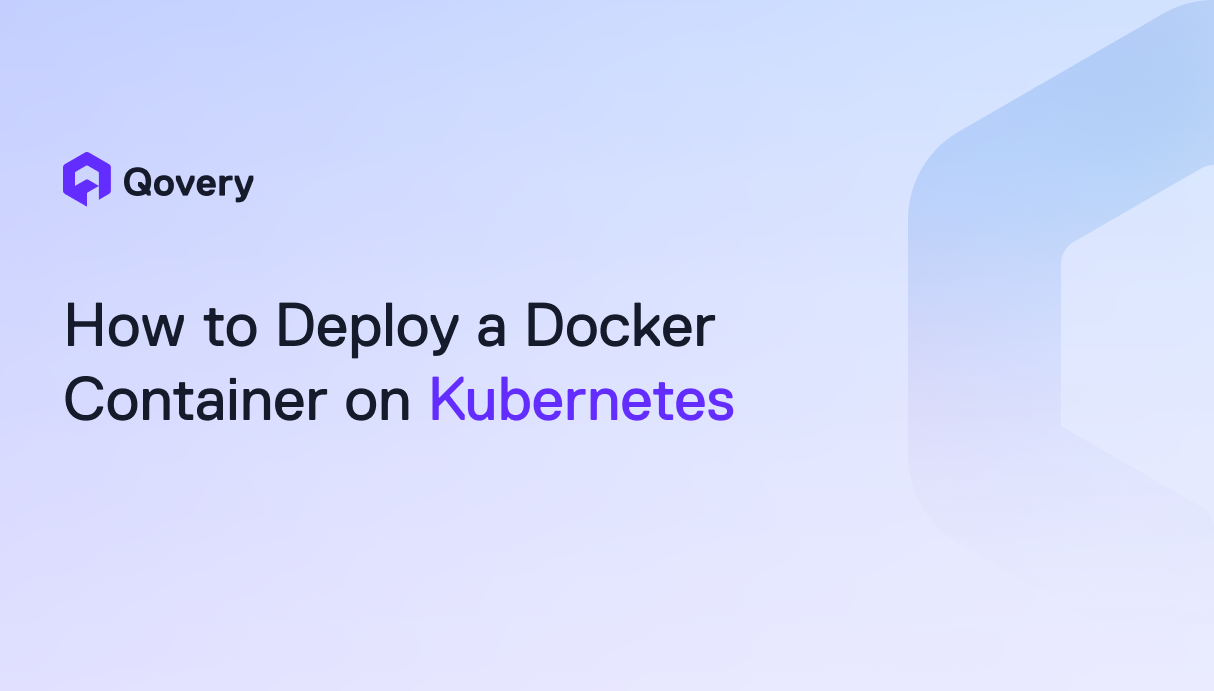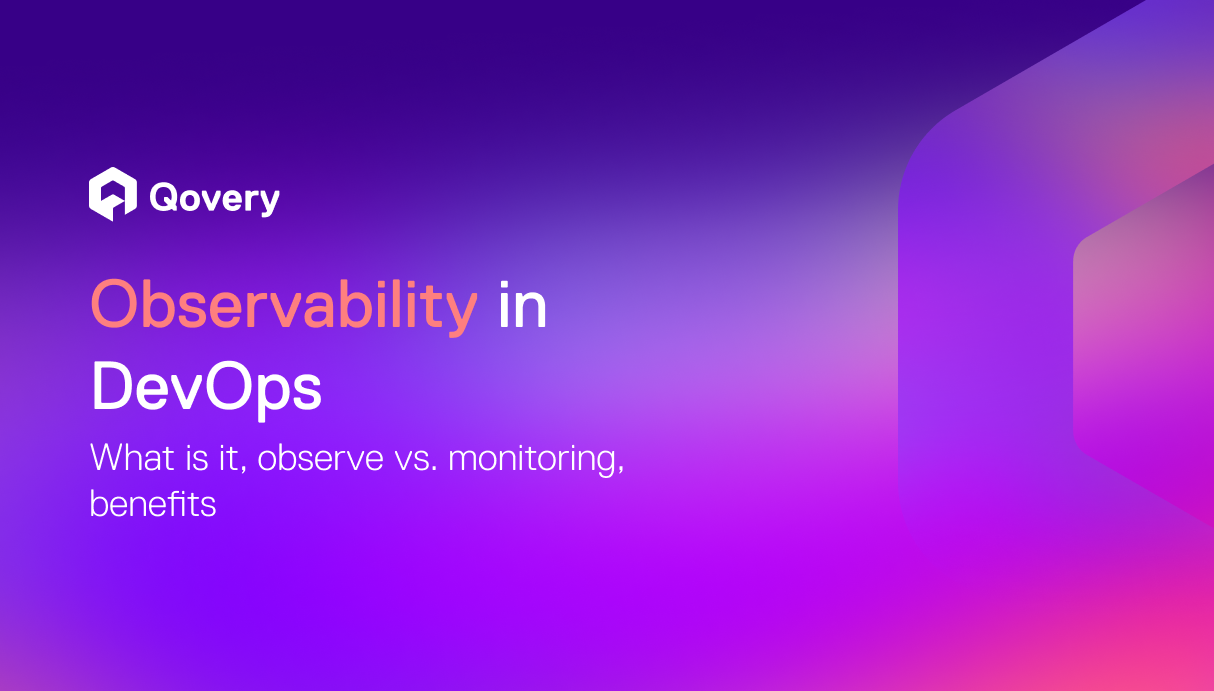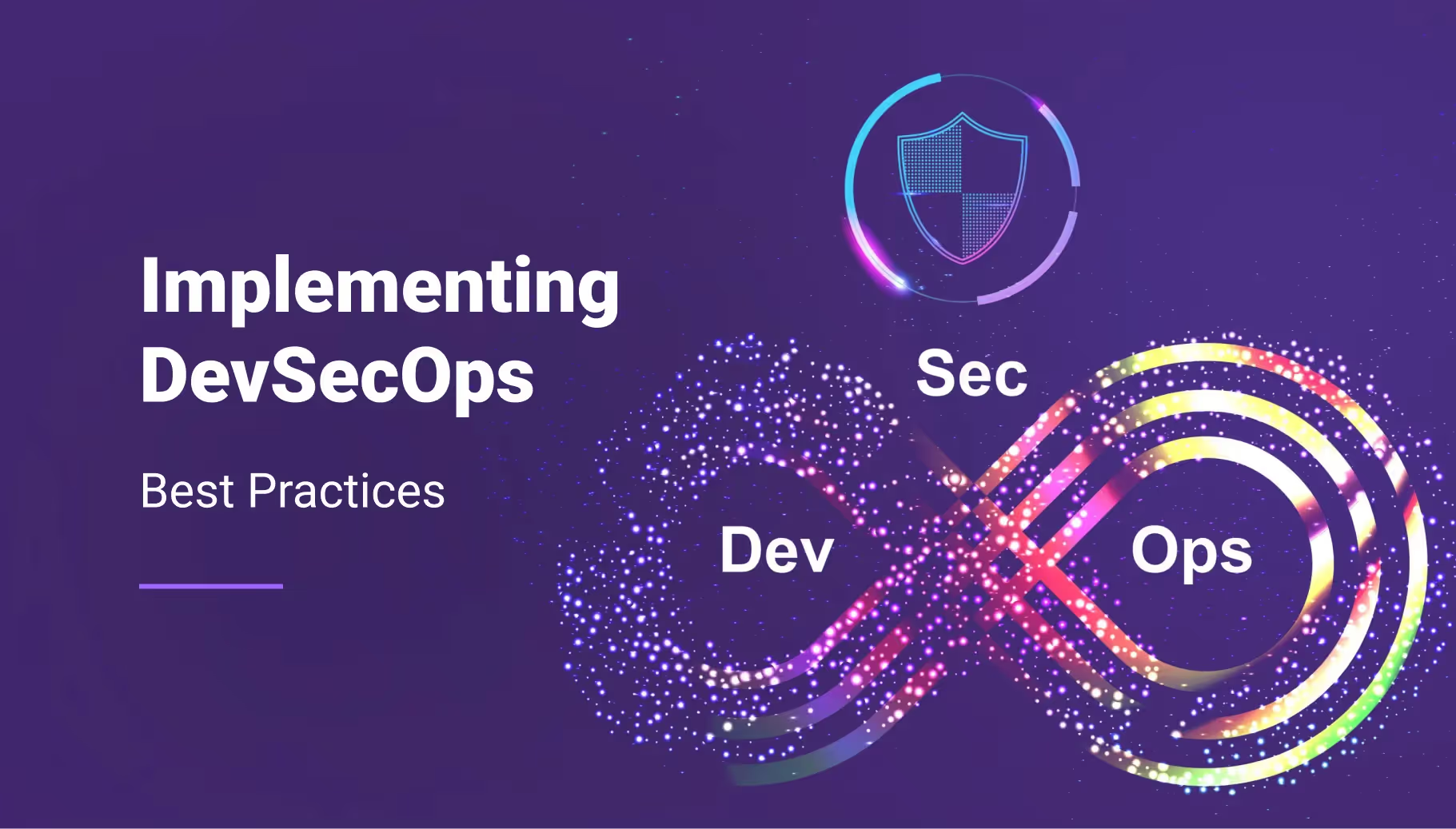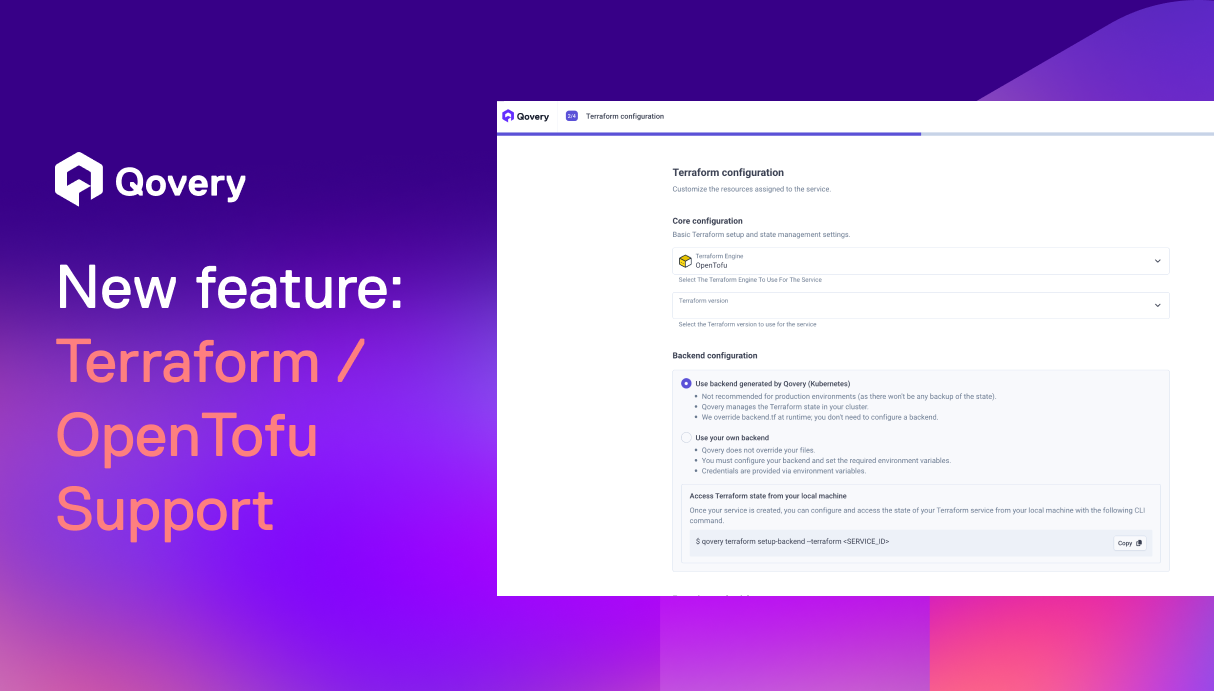


9 Key Reasons to Use or Not Kubernetes for Your Dev Environments in 2023

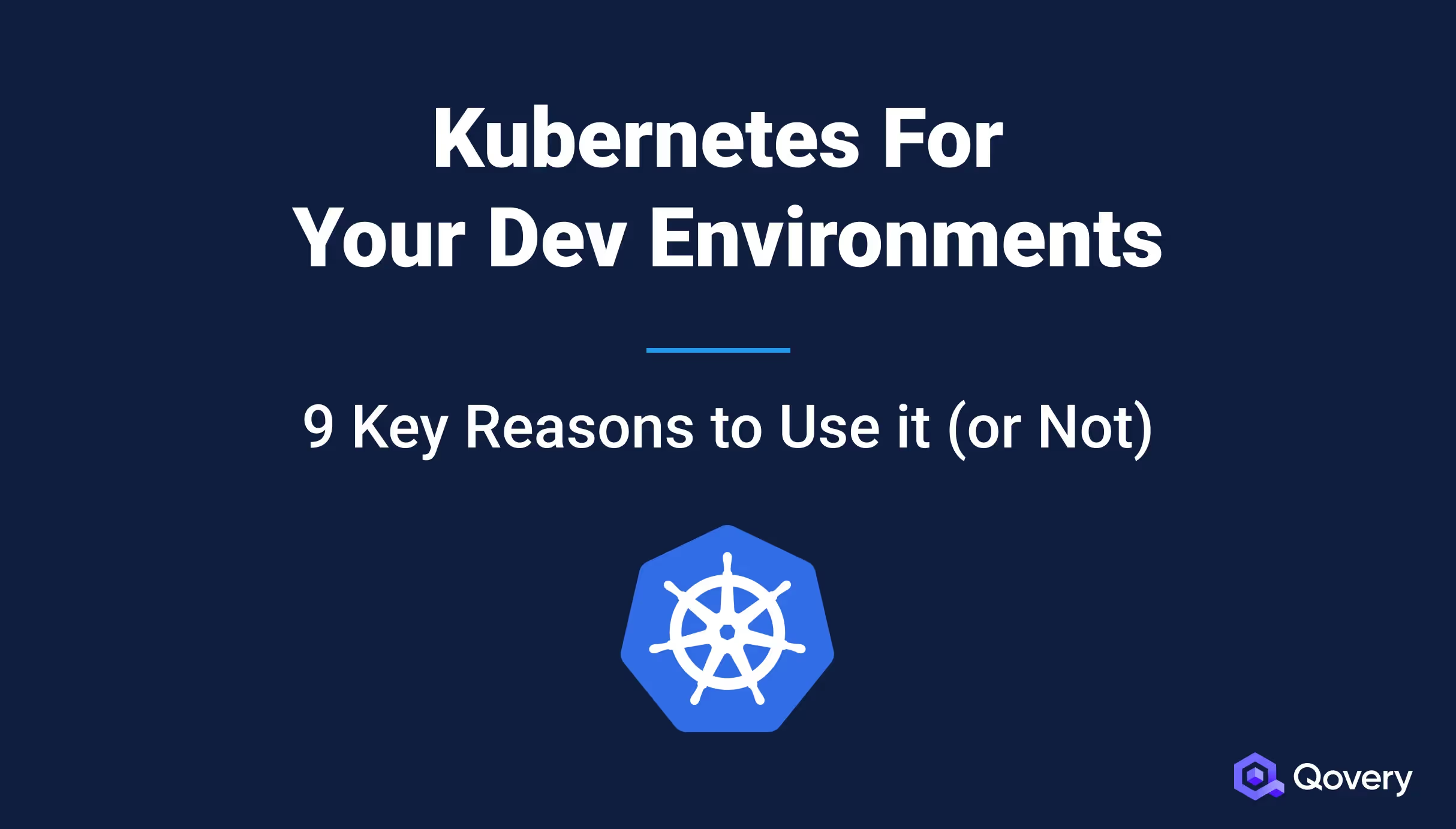

[Last updated on 07/26/2023]
Before we go further, let’s evaluate what actually is a good development environment and what traits a high-quality development environment must possess.
What Makes a Good Development Environment?
A good development environment is as close to production as possible. That includes infrastructure, integrations, CI/CD setup, etc. Application behavior in the development environment should be the same as in the production. The challenge, however, is to put in the same resources and workflow for the development environment we put in the production. That will require more infrastructure costs and slow development due to extra workflow steps.
Similarly, a good development environment facilitates faster collaboration and rapid release cycles. The challenge, in this case, is that the development teams start to deviate from the standard workflow process already implemented for the production environment.
Kubernetes can be a powerful addition to a development environment. Let’s discuss some benefits Kubernetes brings when adopted in a development environment.
Benefits of Using Kubernetes in Dev Environments
Containerization brings a lot of portability to software solutions, making it easier to replicate your software from one environment to another. Kubernetes-based solutions are no exception either. Below are the key benefits of adopting Kubernetes in the development environment.
1. Faster Release Cycles
A Kubernetes cluster for the dev environment gives much power to the teams. Now that your development environment is much closer to production, the feedback cycles on product revision are increased. Imagine a bug that causes a particular Kubernetes pod to crash in production. But you cannot reproduce this bug in the development environment unless you have replicated the same Kubernetes cluster in the development environment.
A Kubernetes cluster for the dev environment adds much confidence to developers and QA team members. They can perform rapid iterations of feedback on a bug fix or feature without worrying about the environment-specific discrepancy. Now that the gap between your production Kubernetes and development Kubernetes cluster is minimal, you can achieve faster release cycles because you know there will not be any surprises when this release goes to production.
2. Improved Collaboration Between Teams
Kubernetes in your development environment dramatically improves the coordination between cross-functional teams. Take an example of a CPU-intensive feature (AI-based feature) in a product. Still, you suspect that the feature’s behavior might be different in production than in development because you do not have Kubernetes in the development environment. On the other hand, if the same feature is deployed in your Kubernetes cluster for the development environment, all the stakeholders can actively provide feedback while the product revision is still in an early phase. The frequent collaboration between team members will reduce your time to market the product and give you an advantage over your competitors.
4. Dev Teams are More Autonomous
Developers prefer to work autonomously. They want the end-to-end cycle of the feature development in their own hands. Suppose you have confined the Kubernetes clusters to your production only. In that case, developers will be relying on the operations team in case of any production bug because developers do not have a Kubernetes cluster in a dev environment to debug the issue. However, if you have Kubernetes in your dev environment too, it is highly probable that developers will capture the same bug in the development environment and fix it. That will increase the developer’s knowledge of how the production environment works and reduce the gap between operations and development. Over time, the development team might preempt any application issues on the development Kubernetes cluster even before it reaches production.
5. Fewer Downtimes and Bugs in Production
We have seen so many bugs that cannot be reproduced in any environment but production. While sometimes it is the issue with the data, a gap in the deployment environments is a critical factor too. Kubernetes has much impact on how your product performs. Any single configuration, a Kubernetes container, or any missed secret key for a cluster can wreak havoc. Instead of finding any issue in production, it is better for you to catch it in your development environment. A Kubernetes cluster for the development environment will reduce your production bugs and improve your customer experience.
Above are some benefits of a Kubernetes cluster in your development environment. Let’s discuss some challenges in adopting Kubernetes in a development environment.
Challenges in Adopting Kubernetes for a Dev Environment
6. Complexity and Learning Curve
Kubernetes is complex to set up. Whether it is a single cluster or multi-cluster setup, you need adequate skills for installing and properly configuring nodes, pods, containers, and your application deployment. The complexity increases even further if your application is based on microservices. The steep learning curve needed to master Kubernetes hinders the adoption of Kubernetes. If a developer has joined the team and does not have prior experience in Kubernetes, he will have to take much burden to understand Kubernetes and how its different components work.
7. Limited Resources
The production application is equipped with a first-class infrastructure. The development environment usually cannot afford this luxury. As a result, your Kubernetes in your dev environment have a different infrastructure than the production one. Even the setup of your cluster and nodes is different on Kubernetes in your development environment. The storage, database, and virtual machines, will all be different (usually lower specs) in development than the production. This gap in infrastructure does not allow you to tap the advantages of Kubernetes in a development environment. Performance testing and scalability testing are particularly affected by this gap e.g., you cannot test node failover in a development environment because all nodes are on a single machine. Compare this to a production environment where nodes are spread across different data centers.
8. Configuration Discrepancies
When Kubernetes is installed in a development environment, it is natural for developers to make some tweaks to Kubernetes settings on the developer’s machine. It can be low machine specs or a particular flavor of operating system due to which a developer modifies the Kubernetes settings in the development environment. This results in each developer having their own set of Kubernetes settings instead of uniform settings across all the developers’ machines. To avoid configuration discrepancies, it is essential to standardize on a single distribution such as Minikube or MicroK8 and a specific Kubernetes release.
9. Vendor Differences
Local Kubernetes deployments, including Minikube and MicroK8s, have some configuration differences compared to cloud-based Kubernetes services like Amazon EKS, Azure AKS, and Google GKE. Storage, database, networking, integrations, etc. all work differently across different providers, so there would still be chances for incompatibility to creep in. This will increase the gap between Kubernetes deployment in development and production; hence you will be unable to take advantage of all the benefits of the Kubernetes cluster in the development environment described earlier.
When You Should Use Kubernetes And When Not to Use
Kubernetes should not be the default solution for your application.
You should not use Kubernetes if:
- If you have a small engineering team and do not have much need for scalability
- If your application is relatively simple, does not require high availability, and is not performance intensive application
- If your application is a traditional monolith application not need an upgrade
On the other hand, Kubernetes should be your top choice if:
- You are in the process of application modernization and converting your monolith application to a microservices-based application
- If you want to grow faster and you want to scale your solution
- If your containerized application needs high availability and fault tolerance
- If your application needs automation
How Qovery Can Help You Use Kubernetes in The Dev Environments
In this article, we mentioned 9 Pros and Cons of adopting Kubernetes for the development environment. What if you find a product that lets you utilize all the potential of Kubernetes without worrying about its complexity in the setup and deployment? Well, Qovery automatically creates and manages the Kubernetes clusters under the hood. Through Qovery, developers can quickly deploy their applications on Kubernetes clusters. Qovery’s features of clone environments and Preview Environments help you set up and swiftly manage your Kubernetes environments. Check out this case study of Spayr, a company that used Qovery to set up and manage multiple Kubernetes clusters with fantastic simplicity and without changing their existing workflow.
To experience first-hand the power of "Qovery for Developers" product, start a 14-day free trial.
Sign–up here - no credit card required!

Suggested articles
.webp)



.svg)
.svg)
.svg)






